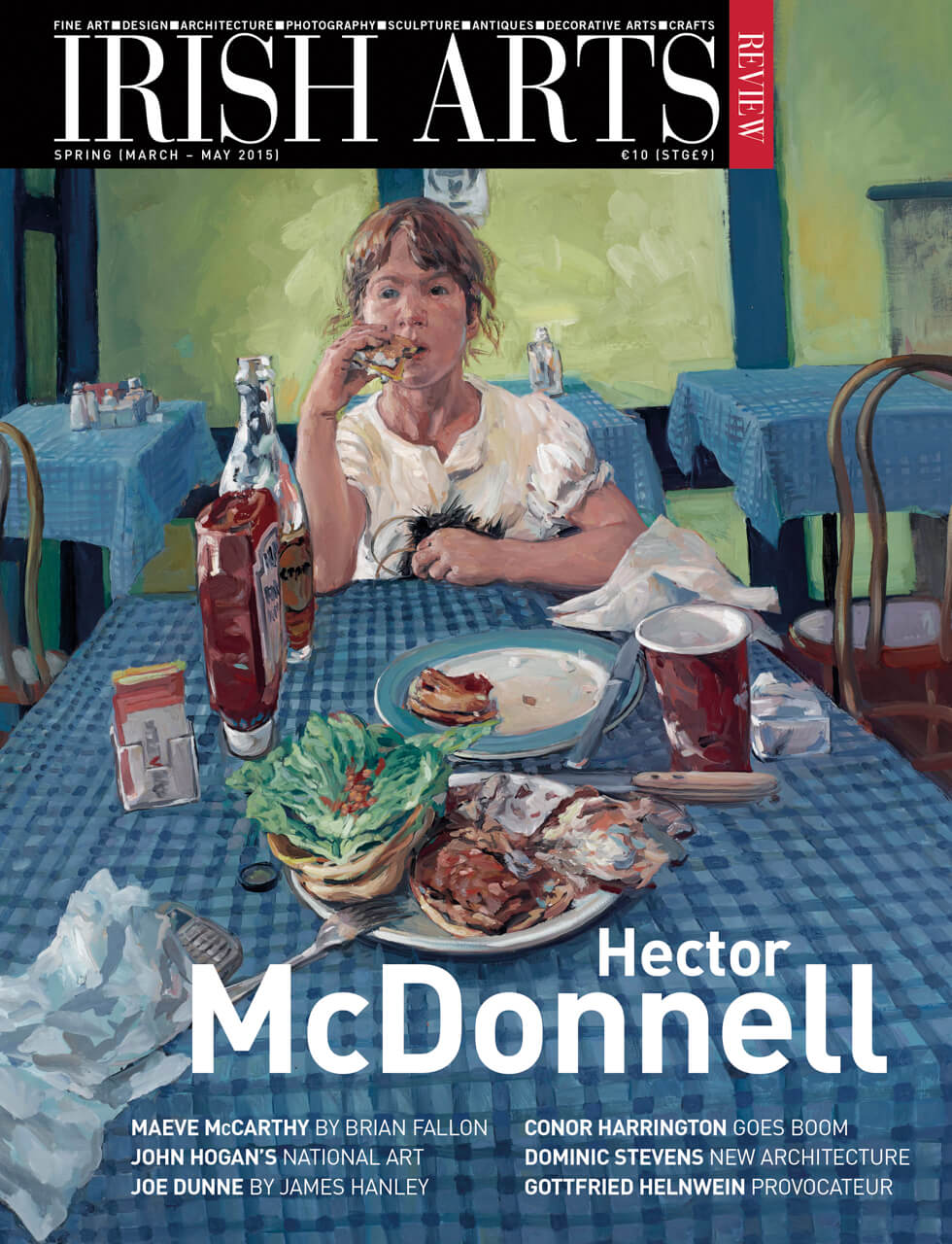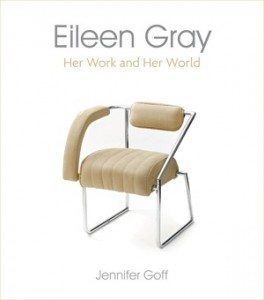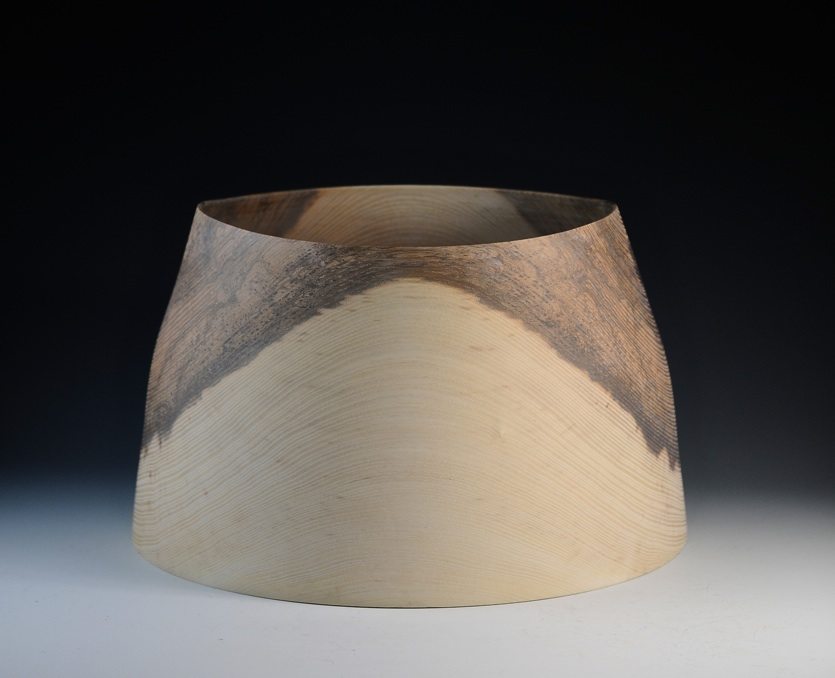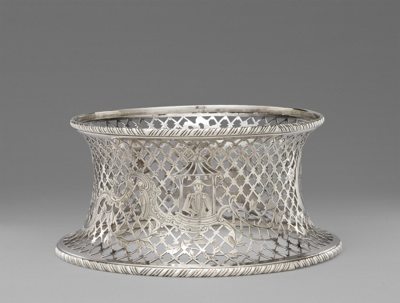

JENNIFER GOFF
Irish Academic Press, 2014
pp 512 colour illustrated h/b
€39.95 ISBN: 978-0-716532-76-7
Paul Larmour
The subject of this book has been one of growing fascination over the past few decades for Irish followers of art, architecture, and design, but it wasn’t always so. Eileen Gray first studied art at the Slade School in London in 1898, where she was one of the first women to be admitted there, but, unimpressed with its academic stance and stifling atmosphere, she left in 1902 for the more exhilarating and exciting city of Paris where she was to spend most of the rest of her life. Enrolling in a succession of art schools in Paris she was immediately exposed to a host of cross-currents in the world of the international avant-garde.
Her individuality, originality, and natural resourcefulness flourished in such a vibrant setting and she soon gained a reputation as an artist and designer of some note. After training in the art of Japanese lacquering, she established herself as one of the leading designers of lacquered screens and decorative panels. By 1922 she had opened a shop in Paris where she sold not only her lacquer work but also rugs and furniture, in all of which she combined traditional craft techniques with the new aesthetic principles of Fauvism, Cubism, and De Stijl.
Heralded and widely recognized in that inter-war heyday, Gray subsequently worked relatively little, leading a reclusive life after the Second World War
Initially known for her work in what is now termed Art Deco style – much of it characterized by a rich and luxurious exoticism – she later, by the mid-1920s, became a proponent of a more abstract and severely geometrical Modernism, characterized by her pioneering use of such new materials as chrome and tubular steel. Both stylistically and socially she moved in the circles of Le Corbusier and other great names of the period. Indeed, her talents spread beyond the decorative arts and furniture to architecture itself, in which, as a self-trained amateur without professional qualifications, she created one of the iconic houses of the Modern Movement, the intriguingly named E1027, which she filled with furnishings of her own design.
Heralded and widely recognized in that inter-war heyday, Gray subsequently worked relatively little, leading a reclusive life after the Second World War, and was largely forgotten by the art world until the 1970s. Then, in old age and shortly before her death, she was re-discovered and featured in international exhibitions, while some of her work entered the realm of ‘design classics‚’ of the 20th century.
With this late rehabilitation of her reputation worldwide and special position in the story of modern art and design, came also the gradual ‘re-Hibernicization‚’ of Eileen Gray, as her Irish birth and origins came to be mentioned more and more. She had been born to an aristocratic family at Brownswood, near Enniscorthy, Co Wexford, in 1878, but, home-educated and studying abroad, she had bypassed the art world in Ireland and been assimilated into that of Paris. Her native country was oblivious to her work and her nationality for most of her life, but the balance was eventually redressed once and for all in 2000 when the National Museum acquired her very extensive archive, and set up its permanent exhibition to her memory.
This new book, the first on Gray by an Irish author, written by the curator of the Eileen Gray Collection at the NMI, is a very detailed exposition of Gray’s life and of her work, project by project, richly illustrated with black and white archival photographs and attractive new colour photographs. The primary source material is drawn from the collection and its wealth of documentation, correspondence, original works and photographs. Running to over 500 pages, substantial yet compact, and nicely designed, this book is very good value for its very moderate price.
Paul Larmour is an architectural historian and Reader in Architecture at Queen’s University Belfast.



